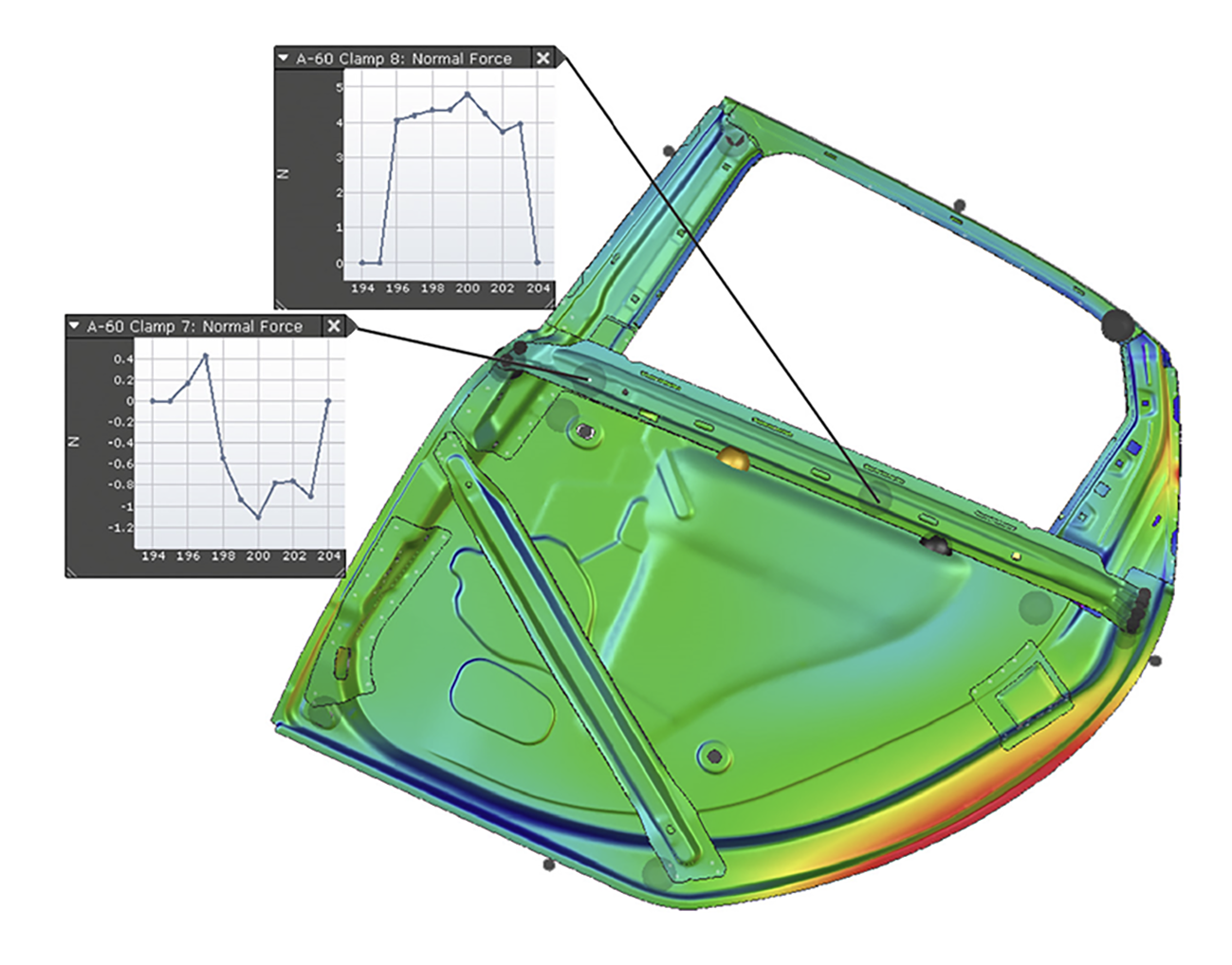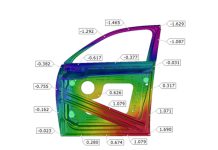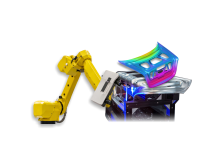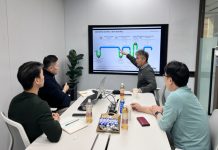Introduction
The last few decades have seen a tremendous surge in productivity in the development of Body-in-White (BiW) components. Forming tools and processes are now engineered almost entirely based on simulations. Problems are identified and remedied virtually, making prototyping obsolete and minimizing effort in physical tryouts. A key driver of this digital transformation is the introduction of specialized software solutions like AutoForm Forming, which have empowered process engineers to predictively design their processes using easily accessible simulation results.
Similarly, achieving full process digitalization in BiW assembly requires dedicated software solutions tailored to address critical process development challenges. In this article, we analyze the primary sources of inefficiency in BiW assembly development and discuss how these can be effectively digitalized using AutoForm Assembly.
BiW Assembly: A Quality Management Challenge
BiW Assembly is a central manufacturing process where several hundred individual parts are joined to form a functional and aesthetically pleasing car body. The success of this process hinges on the quality of each individual part, which are manufactured by a complex and distributed network of sites and suppliers.
A critical challenge in BiW assembly is therefore quality management. Assembly engineers specify geometric tolerances for each part, which are then communicated to suppliers. The suppliers, in turn, build and optimize their tools to meet these tolerances and validate compliance through measurement protocols.
This process is almost exclusively hardware-based today and faces several limitations:
- Part tolerances are defined early based primarily on experience, leading to overengineering in terms of geometric tolerances. Frequently, these defined tolerances prove unattainable and the parts need to be reworked under extreme time pressure during the tryout phase.
- The joining processes can significantly impact the final assembly. Thermal processes like welding and glue curing may lead to distortions, which need to be addressed during tryout.
We will now discuss how these challenges can be significantly mitigated by digitalizing the assembly engineering and tryout processes.
A Digital Twin for BiW Assembly
The ability to continuously simulate the assembly process chain presents a solution to the aforementioned challenges, both in the engineering stage and during tryout, greatly reducing the effort and time spent on hardware.
Define Realistic Part Tolerances
From a BiW manufacturing viewpoint, the parts must be accurate enough to be joined correctly (at mating surfaces) and satisfy engineering and aesthetic requirements (such as flushness and gaps) in the assembled state. The tolerances required to achieve these goals are usually much wider than those imposed on the manufacturing of the individual parts. This discrepancy arises due to uncertainties associated with joining flexible components. The ultimate behavior of the assembled components depends on many factors, including the stiffness of the parts (forming history), joining type, and sequence. This often leads to parts being built according to tolerances that are not actually necessary. Moreover, without considering the actual behavior of the assembly, even parts built to strict tolerances can lead to inaccurate assemblies, necessitating modifications during tryout.

AutoForm Assembly facilitates the evaluation of part compliance in the assembled state well before the actual tools are built. This allows for the identification of parts critical to the assembled outcome that require tight tolerances. Simultaneously, it enables the compensation of individual parts to ensure the desired result in the assembled state. This methodology, called Virtual Assembly Reference (VAR), has proven to significantly reduce uncertainty, especially in the design of subassemblies.
Predictively Design Joining Processes
The dimensional accuracy of BiW assemblies is significantly influenced by several factors: the springback behavior of formed parts, the holding conditions during assembly, and the specific joining method employed. Thermal joining processes like welding and oven-hardened gluing, along with forming-based operations such as hemming and clinching, are notorious for introducing additional distortions in the system, which can cause tolerances to be exceeded. These effects are traditionally counteracted during the joining tryout by selecting a holding condition that offsets the impact of the joining operation, commonly through shimming. However, this process has limitations, and the tolerances can often only be achieved through costly modifications to the part geometries.
AutoForm Assembly provides a set of surrogate modelling options to address joining-induced deformations. Joining method, sequence, and holding conditions can all be designed and optimized digitally, reducing the tryout effort to an absolute minimum.

Conclusion
BiW assembly involves a complex set of tasks, from tolerance management and joining process engineering to tryout and manufacturing planning. Most of these engineering tasks are still predominantly guided by experience-based rules and finalized through hardware optimization in tryout. AutoForm Assembly provides a set of specialized and user-friendly software tools, enabling engineers to design their processes based on realistic outcome predictions. This not only renders hardware prototyping and tryout obsolete, but also enables proactive process optimization, saving significant time and costs downstream.













